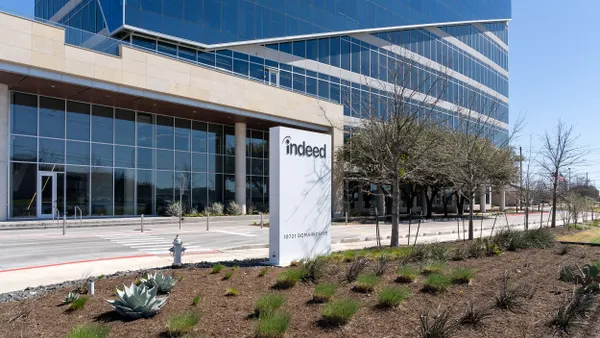Going global has obvious economic advantages for businesses today. Unfortunately, especially for employers in the middle market, managing the complexity driven by more geographically dispersed, multinational workforces isn’t one of them.
That was the case for SolarWinds, a multinational public company providing IT performance-management software to more than 200,000 customers worldwide. Headquartered in Austin, Texas, SolarWinds has employees in 11 countries and is experiencing rapid growth – the company made 12 acquisitions over the course of three years. As a result, it needed to be able to engage new employees quickly to keep the business moving forward.
Because it didn’t have a scalable HR system in place, SolarWinds’ employee data was fragmented across multiple spreadsheets and local payroll. The result was a laborious, time-intensive process, prone to human errors.
Getting rid of spreadsheets
To get the data out of siloes and make it easier to manage, SolarWinds turned to Fairsail, which helps mid-sized multinational companies manage their workforces and data through a cloud-based HRMS. Founded eight years ago, Fairsail saw explosive demand in 2015 and its global HRMS platform is currently leveraged by users such in more than 120 countries.
“Today’s workforces are more transient and diverse than ever,” said Adam Hale, Fairsail’s CEO. In some instances, different locations are using different processes and technologies to manage talent. In others cases, HR processes and technology are centralized, but are siloed from other business processes and from data that can signify global dynamics and changes in the market.
After implementing Fairsail, SolarWinds now collects important data, like attrition, automatically and has significantly reduced the administrative burden for HR, payroll and finance teams. They report improving their HR operations productivity by 80% despite a rapidly growing headcount.
SolarWinds is also using HR scorecards powered by the data and reporting capabilities of the HRIS, providing a single system of record across its entire global workforce. The system’s reporting and analytics functionality has also enabled greater visibility and more strategic decision making around financial budgeting.
“Companies that are in these situations are essentially flying blind. They lack real data and hard numbers about where their workforces stand today,” Hale said. “Similar to pilots flying in fair weather, their businesses can coast with clear conditions, but when adverse conditions arise, they’re not well equipped with the information they need to make decisions and stay on the right path.”
Hale said Fairsail sees a surprising number of middle market employers still tracking their workforce strategies through manual methods, such as spreadsheets. It can lead to numerous errors and can result in workforce decisions that are made subjectively and reactively. Getting basic employee information is slow, laborious and time-consuming – a detriment at a time when acting fast is crucial for success.
“As relevant data is often siloed by different departments or even individuals, and scattered across various spreadsheets and files, everyone has their own version of the truth,” he said. “Without a single system of record, it is difficult to answer even the simplest of management questions about employees, pay, performance and more.”
Why HR benefits
The reality is that many companies know their customers better than they know their own employees, Hale said. Marketing and sales departments typically have extensive data on the market and their targets; they perform research on the ideal customer, their buying habits and how to attract similar buyers based on this data.
“HR benefits equally from accurate data and actionable insights on the workforce,” Hale said.
Although this may still be uncharted territory for many, such HR tech can centralize information, talk to other business technologies and make use of data, dashboards and charts to help managers and business leaders answer questions in real time and on demand.
“Viewing real, transactional data enables them to spot underlying workforce trends, mitigate problem areas and encourage positive behaviors from their workforces,” he said.
For its part, Fairsail’s integrated HR management system – from recruiting to offboarding – is based on a unified platform with a single data set. It works on any device and integrates with third party systems, including multiple payroll and benefits carriers.
Hale said a critical differentiator for his company is the predictive analytics feature, which helps employers address “what-if?” scenarios by using historical data and current trends.
“Not only can employers successfully manage the growing global workforce diversity data challenge…on a more granular level, they also can predict how many people may leave in the coming year and work to mitigate the flight risks, and build the talent pipeline,” he said. “If an employer can predict higher than usual attrition in a particular department, it can work to create better workforce experiences for those individuals through mentoring, rewards, training and career development opportunities.”











